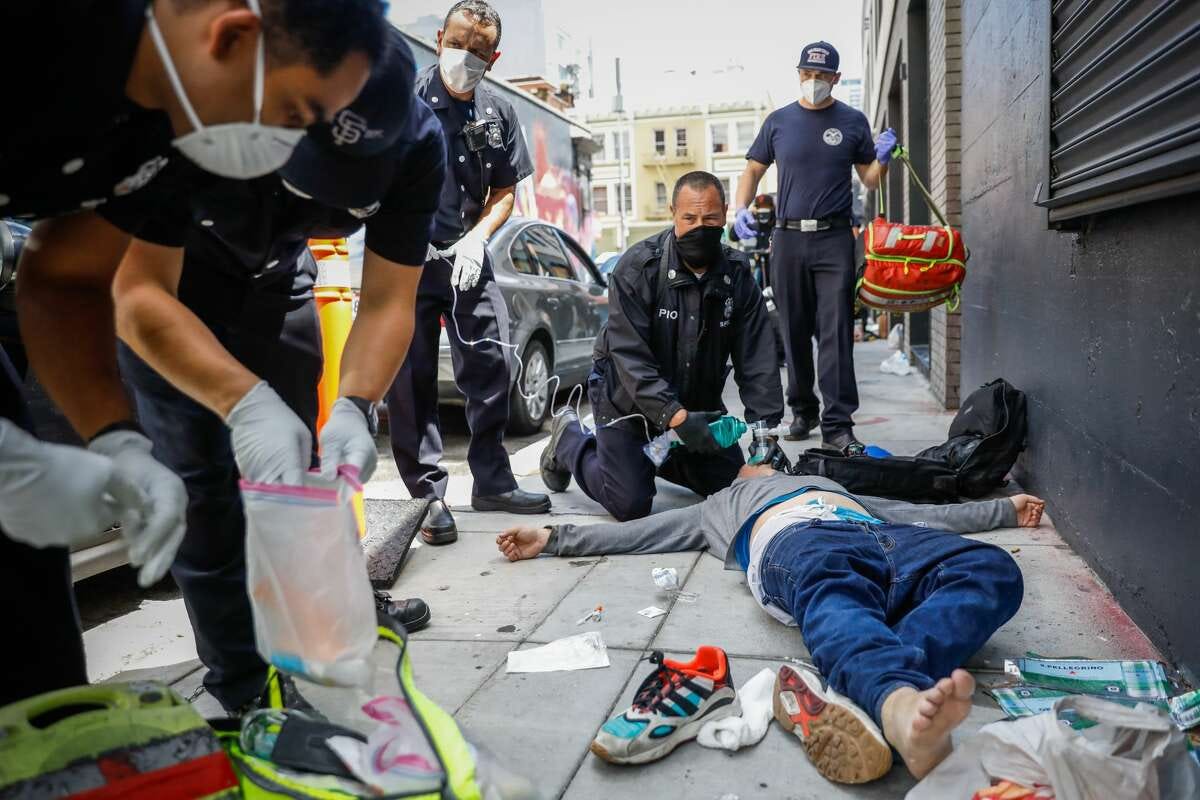Today’s guest editorialist Percy Menzies is the founder of the Assisted Recovery Centers of America, which is based in St. Louis. He’s also a subject of my upcoming documentary Antagonist, about the under-used opioid (and alcohol) treatment drug naltrexone. The doc is going well: We’ve been interviewing some of the best-regarded experts in addiction treatment from around the country, both in favor of, and critical of, naltrexone. In early July I’m traveling to San Francisco to talk to noted scientists and shoot the scene on the ground in the Tenderloin. Please contribute!
By Percy Menzies
In the battle against the opioid epidemic, one medication stands out — naloxone, best known as Narcan.
Naloxone reverses opioid overdoses, literally bringing people back to life. And it’s easy to access. All Narcan restrictions were removed in March when the FDA gave it over-the-counter status.
It is now as easy to acquire as Tylenol. Naloxone isn’t abused, you can’t overdose on it, and it has no street value, making it a near-perfect weapon in this battle.
What is so extraordinary about naloxone? It belongs to a unique class of medications called opioid “antagonists.” As the name suggests, antagonists are “anti-opioids,” similar to antibiotics. Unlike antibiotics, however, antagonists don’t kill opioids but rather prevent them from binding with opioid receptors, thus preventing overdose.
Yet despite the growing popularity of naloxone, opioid antagonists remain poorly-understood and incredibly under-deployed.
The least utilized and least understood opioid antagonist is naltrexone. It is virtually identical to naloxone (see above), except instead of being used to reverse opioid overdoses, it’s used to stop overdoses from happening in the first place.
Naltrexone was developed almost forty years ago as a powerful medication to prevent relapse to opioid use. It is now more needed than ever, considering the fentanyl-led drug crisis is supply-driven.
Imagine the outbreak of a deadly infection. Now imagine there is a drug that will protect patients from getting infected. Public health officials would encourage people to take this drug, right? In fact, we have employed this strategy — called Pre-Exposure Prophylaxis (PreP) — to great success preventing HIV infections among high risk-people.
Naltrexone too is a highly-effective PreP medication, working to prevent drug overdoses among high risk patients. The key word is prevent, and for many addicted opioid users, naltrexone acts as an insurance police to stop them from relapsing.
Let’s go back to naloxone. Its major limitations are that it can only be used after an overdose, and it can’t be administered by the patients themselves. Naltrexone overcomes those two limitations. Not only that, it maintains naloxone’s positive qualities: It’s non-addicting, it’s non-abusable, and it has no street value.
Given our current crisis, naltrexone should be available over the counter in every state, just like naloxone. It is time to move this life-saving medication off the shelf and into the trenches of this ever-raging epidemic.
Percy Menzies can be reached at pmenzies@arcamidwest.com





In Vancouver, BC a group has been using cannabis to get people off deadlier drugs, The Cannabis Substitution Program.
They're currently being charged for trafficking (in a country with federally legal cannabis) for doing it. Criminals for saving lives.
Free the weed. Free the people.